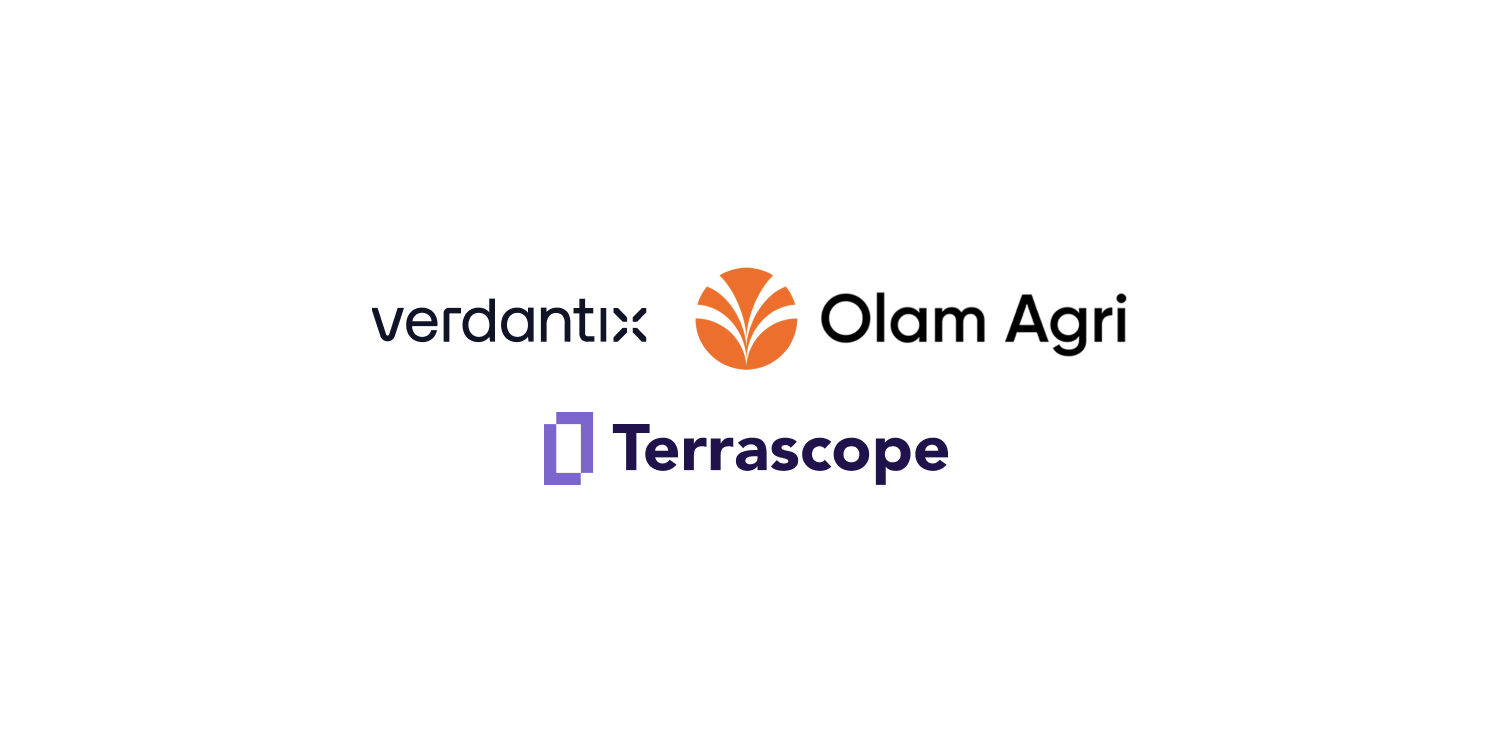Summary
- Scope 3 emissions represent over 85% of an enterprise's total emissions and are challenging to measure due to complexity and lack of standardized reporting across value chains.
- Companies can use multiple methods to calculate Scope 3 emissions, including spend-based, fuel-based, activity-based, supplier-specific, and hybrid approaches, each with unique advantages and limitations.
- Enterprises should focus on identifying the most significant emission categories and choose calculation methods that best reflect their specific business goals and supply chain characteristics.
Introduction
One of the first steps that large enterprises, who are embarking on their decarbonisation journeys, must take is to accurately measure their Scope 3 emissions. The Greenhouse Gas (GHG) Protocol defines Scope 3 emissions as indirect emissions across an enterprise’s value chain, from suppliers to distributors to customers. These emissions make up over 85% of an enterprise’s total emissions.
While enterprises have more control over their Scope 1 and 2 emissions, measuring their Scope 3 emissions is challenging. Terrascope’s research has shown that less than 10% of companies comprehensively and accurately measure their Scope 3 emissions. This is because Scope 3 emissions occur outside an enterprise’s direct control (across its suppliers, distributors and customers) and are therefore complex to measure. Poor data quality and lack of standardisation in reporting among suppliers and partners often causes inaccuracies in Scope 3 measurement.
The GHG Protocol allows companies to use industry averages, proxies, and other sources to calculate Scope 3 emissions. Enterprises use a multitude of methods to measure and calculate their Scope 3 emissions. Here’s a quick guide to some of them.
Spend-Based Method:
The spend-based method of calculating Scope 3 emissions involves estimating a company's indirect emissions based on the value of the goods and services it purchases from suppliers. This method requires enterprises to conduct a thorough analysis of their value chains and identify which of the GHG’s 15 categories of Scope 3 emissions are relevant to them. They must then identify the economic value of the goods and services procured from the value chain, and multiply it by relevant secondary data such as industry averages and emission factors (e.g., average emissions per monetary value of goods).
These emission factors are typically based on industry benchmarks or other sources of emissions data, such as published databases and government statistics, and provide an estimate of Scope 3 emissions. This estimate can then be used to understand an enterprise’s carbon footprint, set emissions reduction targets, or develop carbon management strategies.
The spend-based method of calculating Scope 3 emissions is an accessible and affordable way for enterprises of all sizes to measure indirect emissions. However, the data obtained is unlikely to be accurate due to its reliance on estimates and average emission factors. Given the urgent need for enterprises to take action towards achieving net zero emissions, it is imperative for them to measure and disclose the most accurate emission data possible to gain a clear understanding of their carbon footprint and identify opportunities for improvement.
Fuel-Based Method:
To calculate Scope 3 emissions using the fuel-based method, an enterprise must first identify the types and amounts of fuels it uses, such as natural gas, coal, gasoline, etc. The GHG Protocol provides several, methods to measure and identify an enterprise’s fuel use, including:
- Measuring the amount spent on fuels and the average price of fuels
- Calculating the distance travelled and the fuel efficiency of vehicles used
- Defining the amount spent on transportation services, fuel cost share (as a percentage of the total cost of transportation services) and the average price of fuels
Based on the carbon content of the fuel, enterprises can then apply the relevant emission factor for that fuel and estimate their overall Scope 3 emissions.
The biggest advantage of using the fuel-based method is its accuracy and ability to capture emissions from various sources. With fuel-based data, enterprises can then identify opportunities to reduce their emissions, such as switching to cleaner fuels or using more energy-efficient distribution vehicles. However, accurate measurement is crucial for this Scope 3 calculation method to be effective. This can prove to be a time-consuming and expensive process, especially when tracking emissions from indirect sources.
Activity-Based Method:
The activity-based method is another way of calculating Scope 3 emissions. While it is similar to the spend-based method, it relies on the material weight and other units of measurement instead of financial data.
To use this method, enterprises must break down their value chain into different activities, such as procurement, transportation, and product use. They should collect data on the mass (e.g., kilograms) or other relevant units of purchased goods or services, and multiply that number by the relevant emission factors.
The activity-based method enables enterprises to track emissions from all parts of their supply chains and calculate a comprehensive metric of their Scope 3 emissions. This can lead to more targeted and effective emissions reduction strategies. However, this method also presents challenges, such as the complexity and resource intensity of gathering activity-based data, especially for large businesses with thousands of suppliers. Additionally, this method relies on secondary data and industry averages, which can make for inaccurate assessments of Scope 3 emissions.
Supplier-Specific Calculation Method:
One of the most effective methods to calculate Scope 3 emissions is the supplier-specific method. To use this method, the GHG protocol requires enterprises to collect product-level, cradle-to-gate GHG inventory data from all suppliers of goods or services.
Once an enterprise has gathered all GHG emission data across its entire supply chain, it can use relevant emission factors to calculate its Scope 3 emissions. This method relies on primary data from suppliers themselves, which allows for more accurate and comprehensive data collection. Enterprises using this method can easily pinpoint the biggest contributors to their Scope 3 emissions and take the necessary steps to reduce their emissions.
However, not all suppliers will be willing or able to provide accurate GHG data. Collecting data at this scale is also labour- and research-intensive, especially for large enterprises with extensive supply chains. The supplier-specific method is also costly, which might not be feasible for smaller enterprises.
Hybrid Method:
A popular choice for most enterprises is the hybrid method, which combines different Scope 3 calculation methods. Enterprises can use supplier-specific activity data where available and use secondary data to fill in any gaps.
As per the GHG protocol, the hybrid method involves three key steps -
- Collecting scope 1 and scope 2 emission data directly from suppliers
- Calculating upstream emissions of goods and services using supplier-specific activity data, such as the amount of materials, fuel, electricity used, distance transported, and waste generated from the production of goods and services, and applying appropriate emission factors
- Using secondary data to calculate upstream emissions wherever supplier-specific data is not available.
Enterprises using this method can harness the strengths of various calculation methods to calculate their emissions accurately and comprehensively. Since this method relies heavily on primary data, it can yield more accurate results. It also gives enterprises the ability to dive deep into their supply chains and dig out relevant data. However, not all suppliers will have the resources to measure and calculate their own emissions, which can lead to data gaps. The hybrid method also requires collaboration and accountability across an enterprise’s supply chain, which can be time-consuming.
How can you choose the right calculation method for your company?
To effectively measure Scope 3 emissions, the GHG Protocol’s Scope 3 Standard recommends that companies identify the Scope 3 activities that are expected to have the most significant GHG emissions, offer the most significant GHG reduction opportunities, and are most relevant to the company’s business goals. This can be done by determining the size of emissions in each of the GHG Protocol’s 15 categories of Scope 3 emissions and refining emission estimates accordingly.
The Scope 3 Standard also offers advice on how to choose the right calculation method. Enterprises are advised to select methods which ensure that the inventory appropriately reflects the GHG emissions of the activities, and serve the decision-making needs of users both internally and externally. It further notes that each Scope 3 category may contain multiple activities that need to be addressed and suggests using different calculation methods to measure emissions from different activities within a category. For example, air and road travel could be two different activities within the category of business travel.



